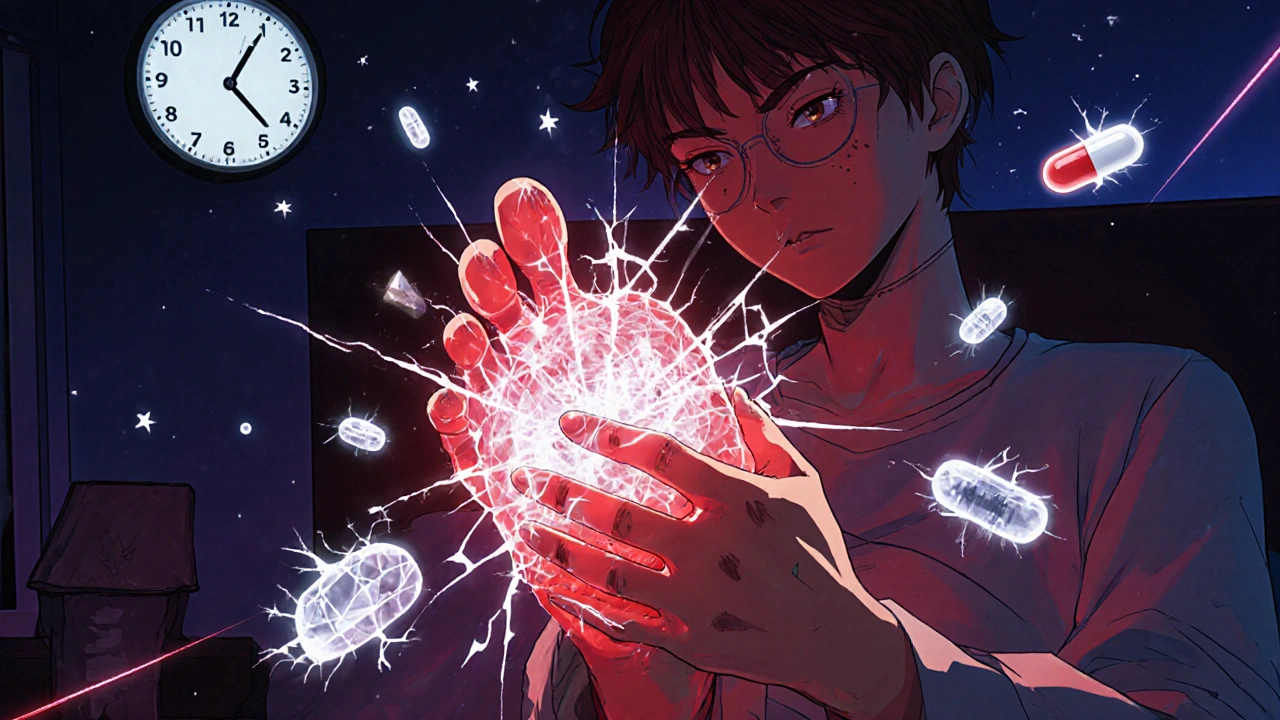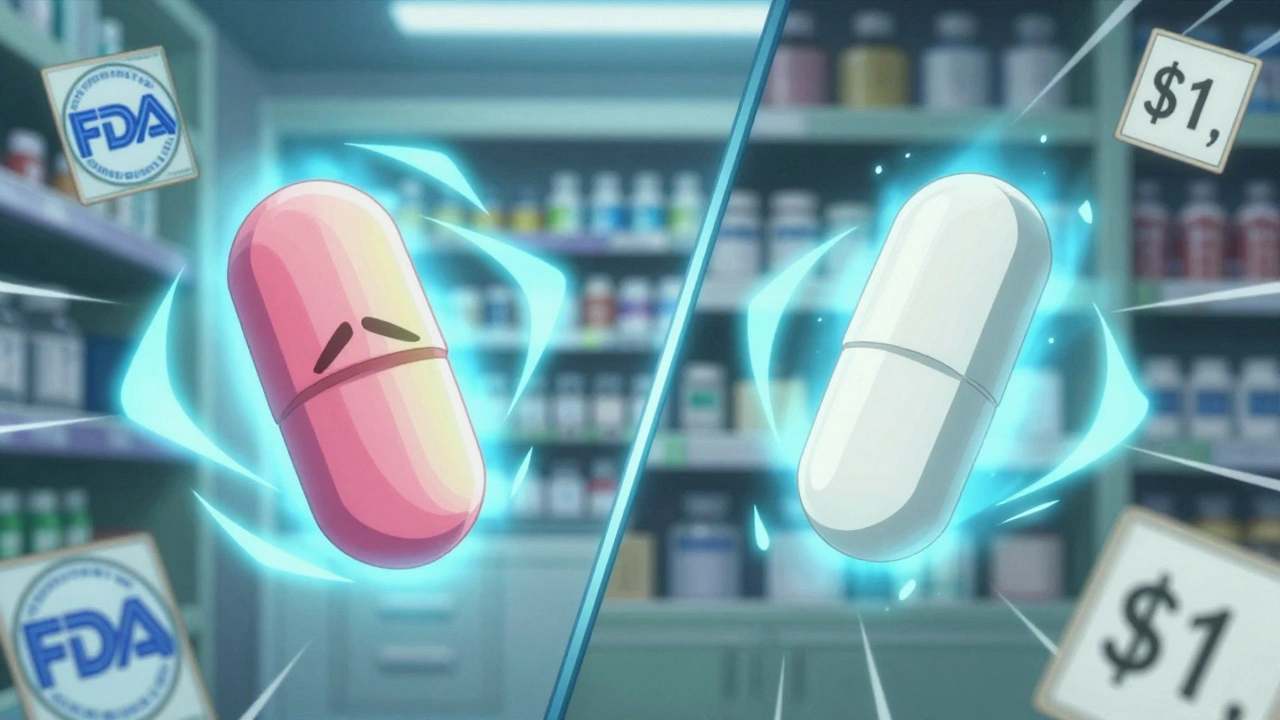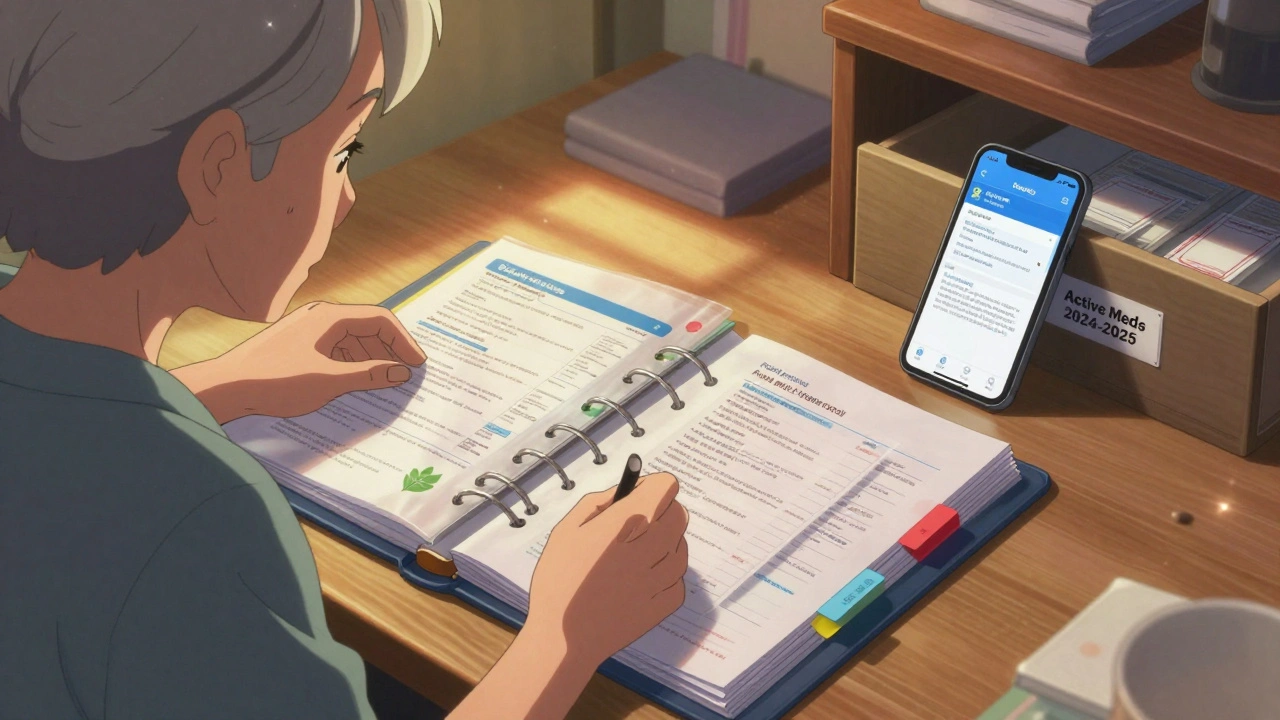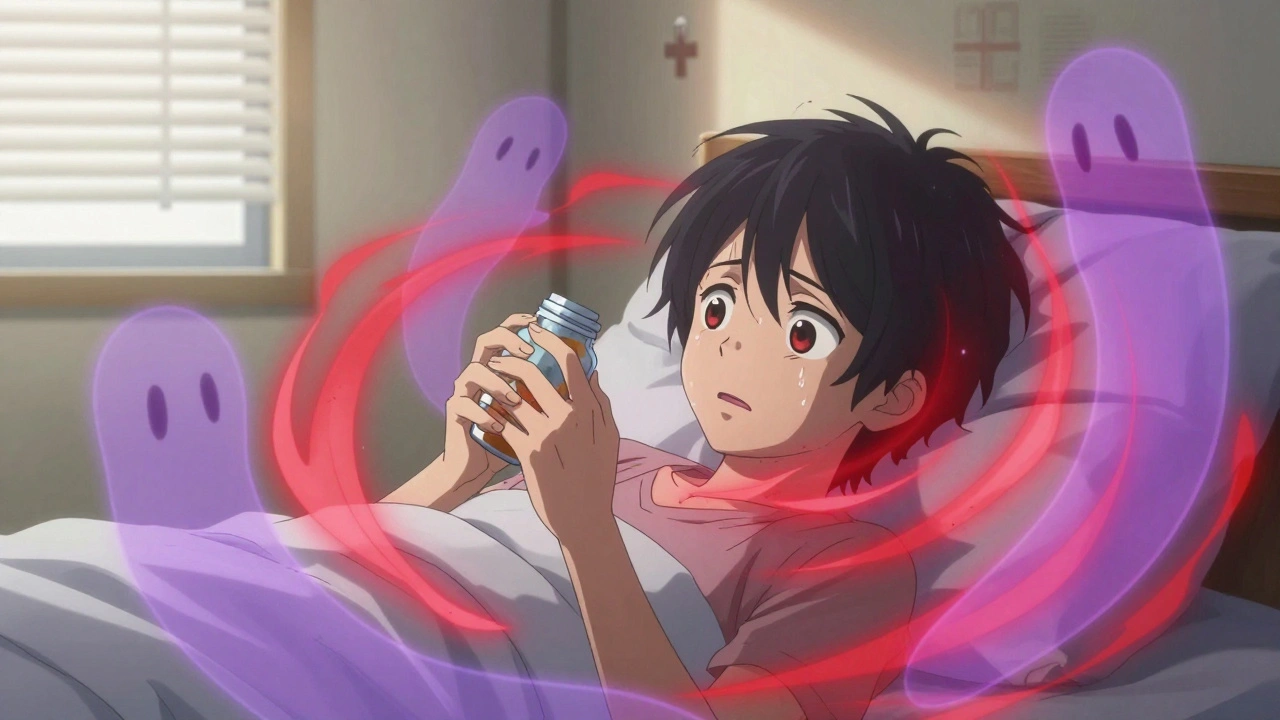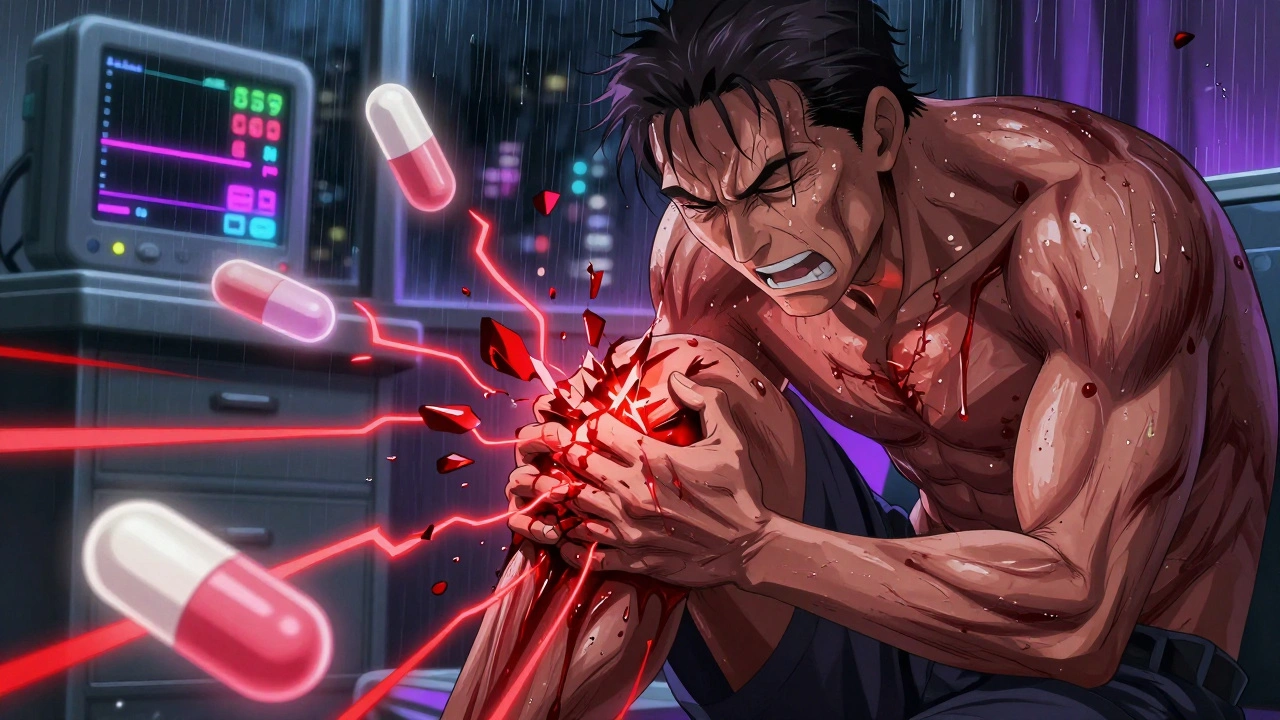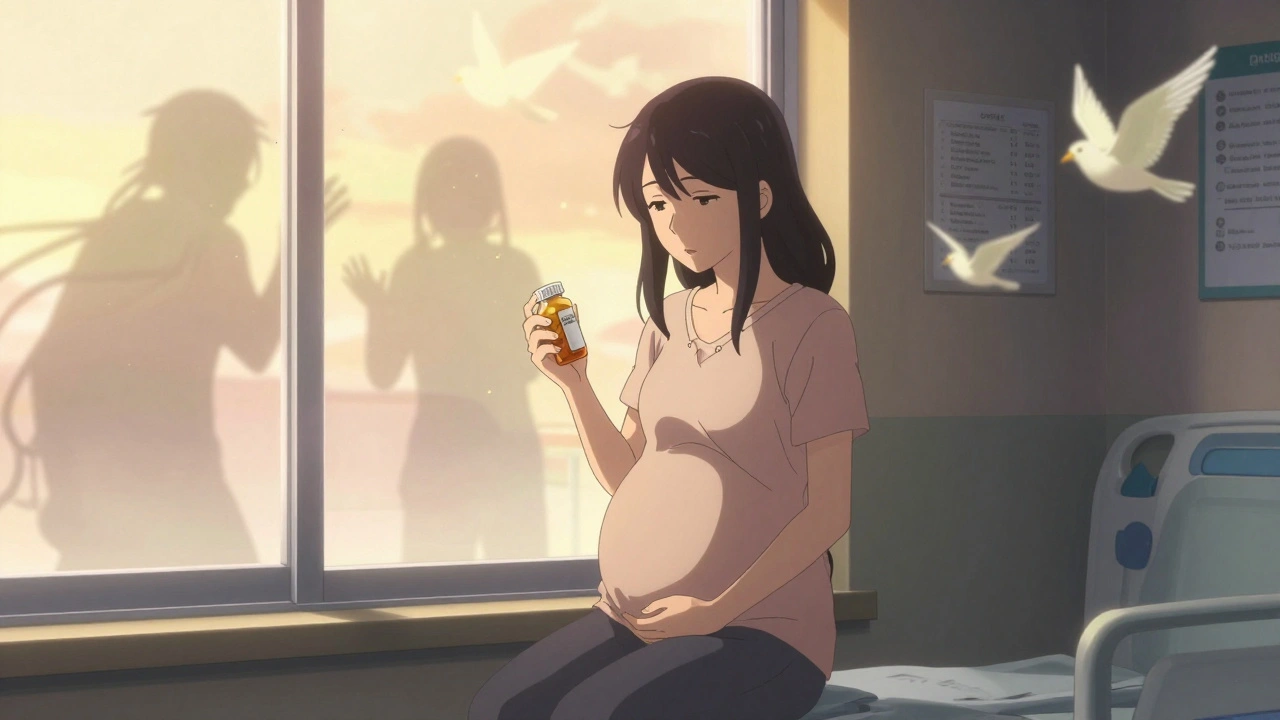Colchicine: What It Is, How It Works, and What You Need to Know
When your joint swells up out of nowhere, burning with pain so sharp you can’t even sleep, colchicine, a natural compound derived from the autumn crocus plant, used for centuries to treat gout and other inflammatory conditions. Also known as colchicine sodium, it’s one of the oldest drugs still in regular use today — and it works differently than most painkillers. Unlike ibuprofen or naproxen, colchicine doesn’t just numb the pain. It targets the root cause: the body’s own immune response to uric acid crystals in the joints. Those crystals form when your body makes too much uric acid or can’t flush it out fast enough — and that’s when gout strikes.
Colchicine is especially useful when you need fast relief during a flare-up. It stops white blood cells from rushing to the joint and attacking the crystals, which is what causes the swelling and heat. That’s why doctors often prescribe it at the first sign of pain — not to prevent gout long-term, but to cut flares short. But it’s not just for gout. uric acid, a waste product that builds up in the blood when the body breaks down purines in food is the trigger, and colchicine is one of the few drugs that directly interrupts the inflammation chain it starts. It’s also used for familial Mediterranean fever, a rare genetic disorder that causes recurring fevers and joint pain, and sometimes for pericarditis — inflammation around the heart.
What makes colchicine tricky is that it’s powerful but narrow in its window of safety. Too much and you get nausea, vomiting, or worse. That’s why it’s often given in low doses, especially for long-term use. People on statins or kidney meds need to be extra careful — interactions can be dangerous. gout treatment, a strategy that combines medication, diet, and lifestyle changes to reduce flare frequency and joint damage isn’t just about popping pills. It’s about understanding what foods spike uric acid — red meat, shellfish, alcohol — and how weight, hydration, and even sleep play a role. Colchicine doesn’t fix those things, but it gives you breathing room to fix them.
You’ll find posts here that compare colchicine to other gout drugs like allopurinol and febuxostat — ones that lower uric acid over time — and others that look at how it stacks up against NSAIDs for acute pain. Some articles dig into lab monitoring for people on long-term colchicine, others explain why certain people respond better than others. There’s even a piece on how chlorthalidone, a common blood pressure pill, can make gout worse — and what to do if you’re on both. This isn’t just a drug guide. It’s a real-world map for people who live with this condition daily.
Whether you’re newly diagnosed, tired of flares, or just trying to understand why your doctor picked this drug over others — you’ll find answers here. No fluff. No jargon. Just what works, what doesn’t, and what you need to ask your doctor next.
Colchicine vs Alternatives: What Works Best for Gout and Inflammation?
Colchicine treats gout flares but has serious side effects. Learn how NSAIDs, steroids, and newer biologics compare as safer, more effective alternatives based on your health profile.

